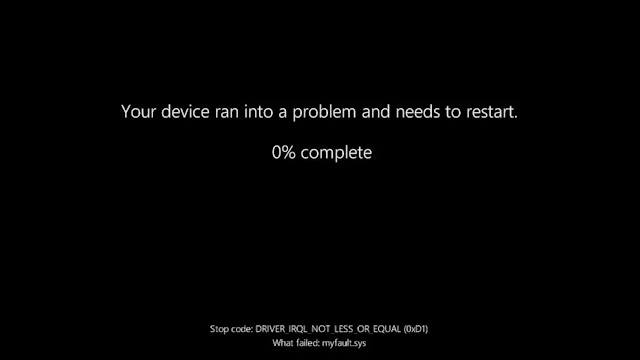Terror has a new shade. What once was blue darkened with time until all that remains is a backend void, empty as the OLED allows. Yes, that’s right, Microsoft is changing the infamous Blue Screen of Death, aka the BSOD to black instead of blue. At least we won’t have to learn a new acronym for our endless fears.
Spotted by The Verge, Microsoft is getting ready to toss out the 40-year old blue screen of death in favour of a black one when Windows just can’t hack it anymore. The feature comes as an overhaul to the error message in Windows 11, and even drops the sideways ascii sad face that has been there to comfort me for all these years.
Some good changes to the new BSOD are that it will actually list the stop code as well as the fault system driver on display. This means you won’t have to go hunting in the crash dump logs to find out why Windows decided to cry out, “stop, no more!” after the fact. This should take some of the guesswork out of debugging these issues, though I still think a comforting smiley face could accompany this extra information.
“This is really an attempt on clarity and providing better information and allowing us and customers to really get to what the core of the issue is so we can fix it faster,” David Weston, vice president of enterprise and OS security at Microsoft, told The Verge. “Part of it just cleaner information on what exactly went wrong, where it’s Windows versus a component.”
According to Microsoft we should see this update hit Windows 11 “later this summer,” which is a helpful timeframe for those of us in the southern hemisphere. Hopefully though, this means we should see the update sometime in August if not sooner. If I can dare to dream a little more, this means the next time my computer crashes I will be looking at a black screen rather than a blue one.
This comes along a series of other changes that are in response to the global CloudStrike outages from last year which crashed over 8.5 million computers. Many of these folks were left staring at the BSOD for a while, so it’s no surprise Microsoft is looking to move away from that memory.
